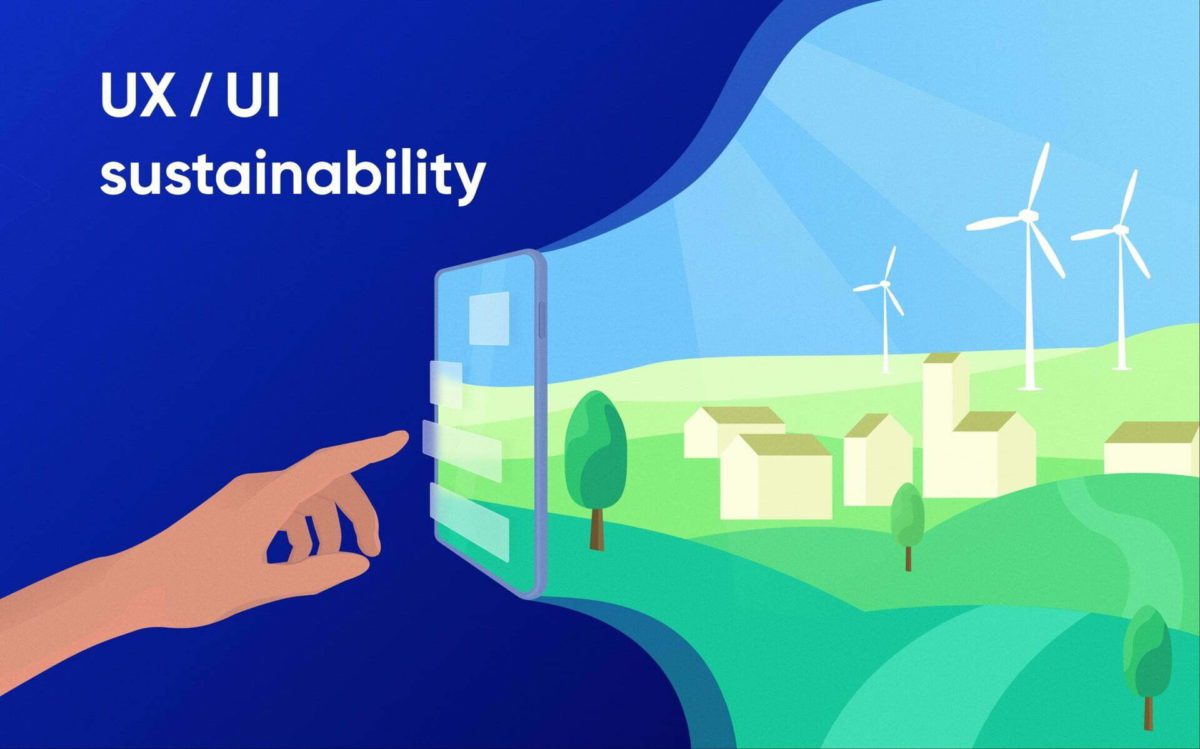Content
Recently, the problems of human ecology and ecological culture in the world have come to the fore. Other forms of organizing human interaction with the environment began to be added to the already existing restrictive measures and environmental protection (garbage sorting, tree planting, water bodies cleaning).
The priority direction for solving the environmental problem has become the idea of organic inclusion of human-made products into the environment, i.e. ecological approach in design culture.
Design-engineering covers a person’s entire subject-spatial environment virtually, combining both a scientific and technical approach and artistic-figurative, philosophical components. Design and its creators open up new forms, structures and technologies for society, educate taste and organize living space.
Nowadays, lots of the world’s leading companies are working hard to reduce environmental costs through sustainable practices. When developing sustainable solutions, we need to create an experience that engages people to participate in sustainability practices actively. Let’s take a closer look at the topic of UX/UI sustainability, why companies should think more about implementing it, and what positive impact it can have.
Meaning and value
Sustainable design is a philosophy of designing physical objects, built environments and services in accordance with the principles of environmental sustainability.
The main goal of sustainable design is to eliminate the negative impact on the environment through skillful and thoughtful design. Sustainable design requires renewable resources and innovation to have a minimal impact on the environment.
The direction of sustainable design, which originated in the second half of the 20th century, attempts to harmonize relations between humans and nature and introduce responsibility to people. The sustainable approach to design was a reaction to the scientific and technological revolution.
The meaning of the sustainable approach in design is the creation of products that are compatible with the environment, which implies the reduction and, if possible, the complete elimination of the negative impact on the environment through the use of alternative resources and energy, as well as non-toxic, already recycled or intended for recycling materials and renewable processes production.
Michael Braungart and William McDonough once said, “Humans don’t have a pollution problem. They have a design problem. If people were smarter to design products, tools, furniture, homes, factories, and cities from the start, they wouldn’t even need to think in terms of waste, pollution, or scarcity. Good design will provide abundance, endless reuse, and enjoyment.”
Design decisions are made everywhere on a daily basis, influencing “sustainable development” or meeting the needs of future generations of life on Earth. Sustainability and design go hand in hand. The term “design” is used here to refer to the practices used in the production of products and services, as well as business and innovation strategies that affect sustainability. Stability can be viewed as a property of continuity. That is, what is sustainable can be continued in the future.
Consequences of non-use
The developer and designer are responsible for choices that require the use of natural resources. And overuse of resources usually results in waste generation and can potentially cause irreversible damage to the ecosystem. People throw away hundreds of kilograms of garbage every day without thinking that the amount could be much less if sustainable design was applied at the initial stage of product development.
According to the World Bank, humanity produces just over 2 billion tons of waste annually. By 2050, this figure threatens to rise to 3.4 billion tons.
Experience and various studies show that there is no completely safe waste disposal method. All forms of recycling have a negative impact on the environment, government innovation and the local economy. Garbage incinerated in incinerators poisons the air, soil and water. Most water treatment systems change the local ecology. Attempts to control or manage the waste after generation do not eliminate environmental impacts.
Toxic components of household products pose a serious health hazard. In the United States, about seven pounds per tonne of household waste contains toxic materials.
Perhaps the most apparent and hidden driver of sustainable design can be attributed to global warming and climate change. The sense of urgency that now prevails in humankind for taking action to combat climate change has grown exponentially over the past thirty years. Climate change can be attributed to several mistakes. One of them is a poorly chosen design that does not take into account the environment. Despite the fact that several steps towards sustainable development have already begun. Most products, industries and buildings still consume a lot of energy and create a lot of pollution.
The only way to avoid harm to the environment from waste is to prevent its generation. Pollution prevention means changing the way we do business and eliminating the source of the problem. This does not mean that you need to stop using some items but do it differently. For example, avoiding waste contamination with disposable beverage containers does not mean avoiding beverages; it simply means using refillable bottles.
Results after implementing in your projects
Sustainability is one of the many things that must be considered in order to create a successful and valuable product. Dealing with sustainability can often seem daunting. When we view this as a particular problem, we fall into the trap of finding solutions. But as soon as we break down our global issues into their specific aspects, they turn into a spectrum of real and tangible problems, unique and individual in scale.
Almost every product or service has a touchpoint with sustainability. If we define them early in the design process and allow ourselves to experiment and take risks, we will find many small tweaks and significant changes that can be applied to each problem. These solutions not only help the more important mission of responsible production and consumption but often show new ways to save money or create new sources of income.
By the implementing UX/UI sustainability in your projects you will fulfil the aims like this:
- improve the current environmental situation by creating products that meet the requirements of nature, human and culture;
- find a balance between improving the form and function of design objects and adhering to the principles of an ecological approach;
- revise materials and technologies in terms of environmental standards;
- form a new culture of consumption, the structure of needs based on the reduction of excess quantities of products;
- purposefully change the value attitudes of society through the artistic images of design objects.
By applying UX/UI sustainability to your project, you can develop a product with the following essential characteristics: multifunctionality, modularity, transformability, durability, hygiene, non-adherence to fashion, efficiency, harmony.
Design is needed to improve people’s lives, to make life easier. Design is function, ergonomics and aesthetics. Companies that focus on UX/UI sustainability are becoming partners in the great cause of saving and preserving the planet. We work with a large number of companies and various projects. Having experience with sustainable design, we can confidently say that this is the first and very correct step in developing your product.
Let’s conclude
UX/UI sustainability can change our lives and our planet for the better! When designing a product, think about its future and its users. Sustainability is one of the first and most important things you should think about when creating your product!








